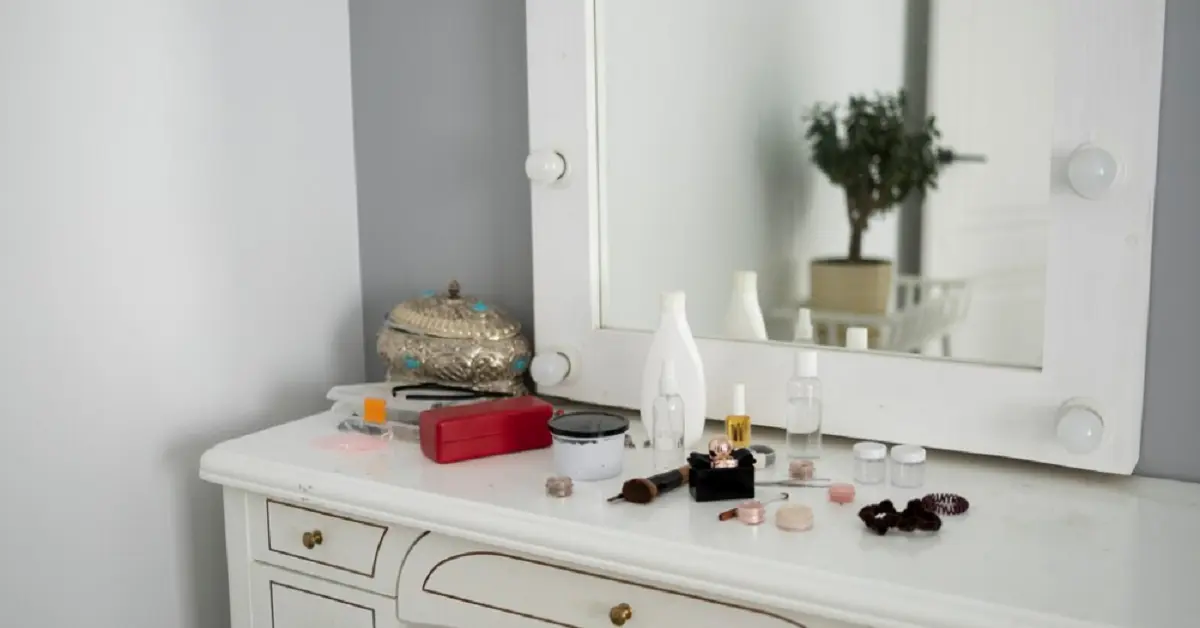Dilly Dally Vanity, often referred to as the act of indulging in trivial or superficial activities, holds a peculiar allure in today’s society. From mindlessly scrolling through social media feeds to spending hours in front of the mirror perfecting one’s appearance, this phenomenon has seeped into various aspects of daily life. Understanding the intricacies of dilly dally vanity requires delving into its origins, psychological underpinnings, and the impact it has on individuals and society as a whole.
Introduction to Dilly Dally Vanity
What is Dilly Dally Vanity?
Dilly Vanity encompasses the tendency to engage in activities that offer momentary pleasure or gratification but hold little long-term value. It manifests in behaviors such as excessive grooming, seeking external validation, and fixating on superficial aspects of life.
Why is it important?
While seemingly harmless on the surface, dilly vanity can have profound implications on mental well-being, productivity, and self-perception. Understanding its prevalence and effects is crucial in navigating its influence in today’s hyperconnected world.
The Origin and Evolution of Dilly Dally Vanity
Historical context
The roots of dilly dally vanity can be traced back through history, where notions of beauty and self-indulgence have been intertwined with societal norms and cultural practices. From ancient civilizations to modern times, the pursuit of aesthetic perfection has been a constant theme.
Modern-day significance
In contemporary society, the rise of social media and consumer culture has amplified the prevalence of Dally Vanity. The constant bombardment of curated images and lifestyle ideals has fueled a never-ending quest for perfection and validation.
Understanding the Psychology Behind Dilly Dally Vanity
Motivations and desires
At its core, dilly dally vanity is driven by a desire for acceptance, admiration, and self-affirmation. Individuals engage in these behaviors as a means of boosting self-esteem, garnering attention, or conforming to societal standards of beauty and success.
Impact on behavior
The pursuit of Dilly Vanity often leads to compulsive and obsessive behaviors, as individuals become fixated on their appearance or social status. This can result in a cycle of comparison, insecurity, and dissatisfaction, perpetuating feelings of inadequacy and discontent.
Examples of Dilly Dally Vanity in Everyday Life
Social media obsession
Platforms like Instagram, TikTok, and Snapchat have become breeding grounds for Dilly Vanity, where users meticulously curate their online personas to project an idealized image of themselves. The pursuit of likes, followers, and validation drives individuals to prioritize superficiality over authenticity.
Consumer culture influence
The proliferation of beauty standards and lifestyle trends in mainstream media has fueled a culture of consumption, where the acquisition of material possessions and physical enhancements is equated with happiness and fulfillment. From designer clothing to cosmetic procedures, the allure of Dilly Vanity is omnipresent.
The Effects of Dilly Dally Vanity on Mental Health
Comparison culture
Constant exposure to idealized images and lifestyles breeds a culture of comparison, where individuals measure their worth based on external markers of success and attractiveness. This can lead to feelings of inadequacy, envy, and depression as people strive to keep up with unattainable standards.
Self-esteem issues
The relentless pursuit of perfection in the pursuit of dilly dally vanity often results in low self-esteem and poor body image. The constant pressure to conform to unrealistic ideals takes a toll on mental health, contributing to anxiety, self-doubt, and disordered eating behaviors.
Navigating Dilly Dally Vanity in the Digital Age
Strategies for self-awareness
Developing self-awareness and mindfulness is key to combating the allure of Dilly Vanity. By examining the motivations behind our actions and cultivating a sense of inner worth and acceptance, individuals can reduce the impact of external influences on their self-esteem and well-being.
Balancing online and offline life
Creating boundaries and prioritizing real-life connections over virtual validation is essential in mitigating the negative effects of dilly vanity. Spending time engaging in meaningful activities, cultivating hobbies, and fostering genuine relationships can help restore perspective and balance in an increasingly digital world.
Conclusion
Dilly Vanity may offer fleeting moments of pleasure, but its consequences can be far-reaching and detrimental to mental health and overall well-being. By recognizing the underlying motivations and societal influences driving these behaviors, individuals can take steps to cultivate a more authentic and fulfilling life, free from the shackles of superficiality and comparison.
